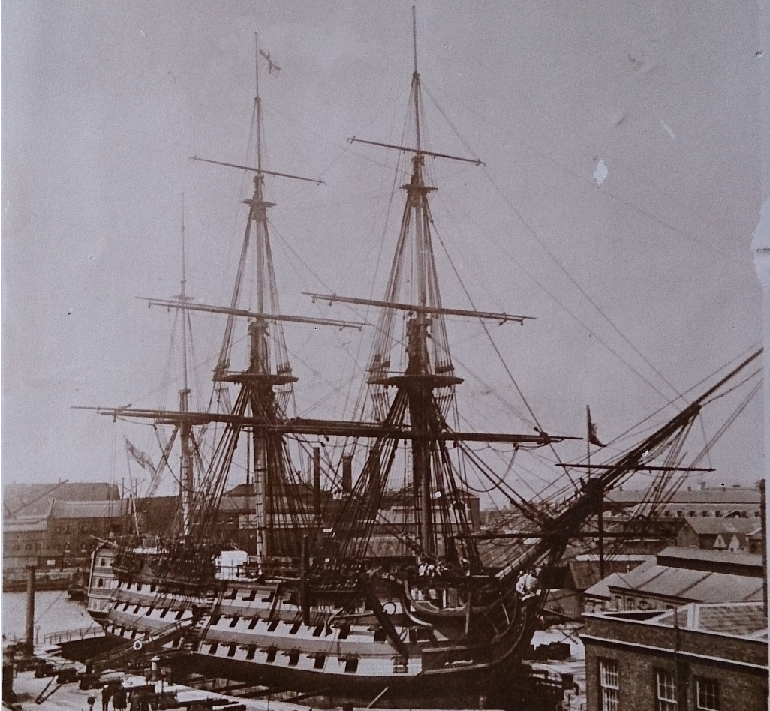The Southampton Marine and Maritime Postgraduate Group (SMMPG) would like to invite abstracts for a multidisciplinary conference. SMMPG is a collaboration between the University of Southampton’s postgraduate academics, the Southampton Marine and Maritime Institute (SMMI), and Lloyd’s Register. The group aims to encourage multidisciplinary research by fostering discourse between many disciplines, from shipbuilding to archaeology and oceanography to literature.
The theme of the conference is Discovery, which is meant to be taken in a broad sense. As such, ideas for papers include (but are not limited to):
- how do you rediscover centuries-old maritime history?
- the discovery of new technologies to address current problems
- new ways of improving mariners’ physical and mental health
- how do new and novel technologies affect the interpretation of the law?
- how does our understanding of maritime geography influence literature?
- how do we adapt to the effects of global climate change?
The event builds on the highly successful conferences of the last two years, where papers from diverse disciplines were presented to audiences of scholars and professionals from various maritime fields; and published in a monograph of the day’s papers. As befits the theme of Discovery, we hope to engage researchers from many diverse fields to inspire a new approach to maritime research.
We are accepting abstracts from postgraduate and early-career researchers in any discipline, for papers which resonate with the theme of Discovery and relate to any four of the SMMI’s broad themes:
Society & Government ● Trade & Transport ● Energy & Resources ● Climate & Environment
Papers will each last 15 minutes and will be organised into four panels based on the categories above. Each panel will be introduced by an established academic and followed by a period of discussion. Additionally on the day we will be having poster presentations. Therefore, we will be accepting abstracts for these as well. While Discovery is the broad theme we have chosen to work within, the conference’s focus is firmly on the concept of multidisciplinary communication. The ultimate aim of the conference is to forge connections between academics with different fields of expertise as well as engage with the wider public, including representatives from business and industry. As such, the presentations should be delivered with the aim of communicating the paper’s central themes and proceedings will be published in a book, which aims to develop a set of tools that can be used to further multidisciplinary research and develop our understanding of the maritime world.
Please send your proposal (250-300 words) to smmpg@soton.ac.uk by Friday 13th May, 2016. Abstracts should be formatted in a Word file and attached to the email. Please include your full name, the name of your university, and a brief bio. Themes are open to interpretation. Please indicate if your abstract is for a presentation or a poster. Please direct any questions to the conference organisers at the above email address.

